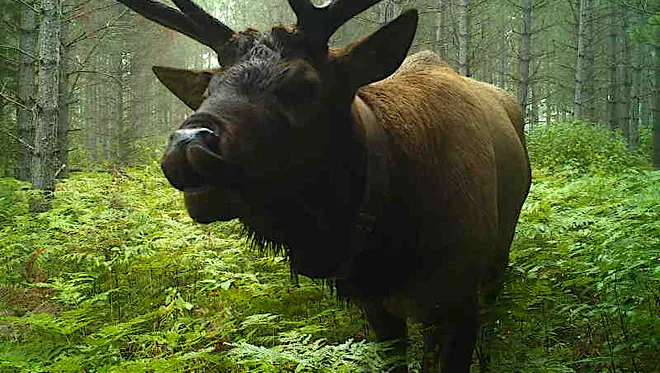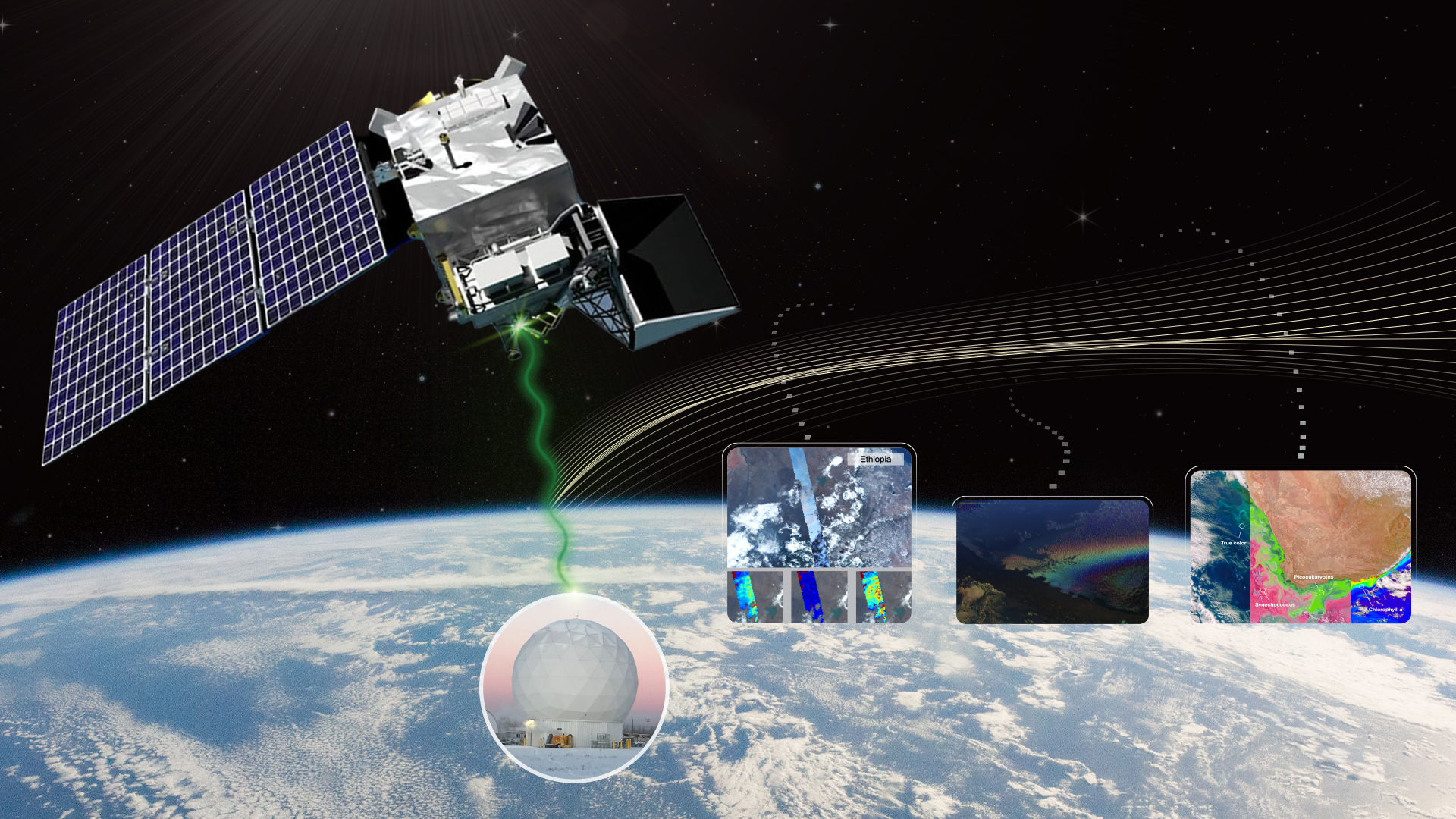3 min read
Today we’re saying thank you to everyone who has pitched in to classify wildlife photos at snapshotwisconsin.org. Over the last four years you helped scientists model species distributions, measure vegetation phenology, study how deer use habitats to escape extreme temperatures, and much more. Below is a partial list of scientific publications your work has contributed to since 2019.

Even though its partnership with NASA is ending, Snapshot Wisconsin is showing no signs of slowing down! Snapshot Wisconsin volunteers set up and monitor trail cameras, which take photos of wildlife that pass by. With over 2000 cameras deployed and counting, these photos contribute to an extensive database that helps the Wisconsin Department of Natural Resources make wildlife management decisions. Volunteers are provided trail cameras and check them every few months. Over 63 million photos have been collected so far! After uploading the images, volunteers join a community from across the globe to consensus classify the animals found in the photos. Anyone, anywhere can help classify photos here at Snapshot Wisconsin. Learn more about getting your own trail camera here: https://dnr.wisconsin.gov/topic/research/projects/snapshot.
Studying how deer use habitats to escape extreme temperatures
Gilbert, N.A., J. L. Stenglein, T.R. Van Deelen, P.A. Townsend, and B. Zuckerberg. 2022. Behavioral flexibility facilitates use of spatial and temporal refugia during extreme winter weather. Behavioral Ecology, arab154.
As a model for future ecological monitoring
Townsend, P.A., J.D.J. Clare, N. Liu, J.L. Stenglein, C.M. Anhalt-Depies, T.R. Van Deelen, N.A. Gilbert, A. Singh, K.J. Martin, and B. Zuckerberg. 2021. Snapshot Wisconsin: networking community scientists and remote sensing to improve ecological monitoring and management. Ecological Applications 31(8): e02436
Modeling species distributions, integrated with existing data streams (hunter harvest records)
Gilbert, N.A., B.S. Pease, C.M. Anhalt-Depies, J.D.J. Clare, J.L. Stenglein, P.A. Townsend, T.R. Van Deelen, and B. Zuckerberg. 2021. Integrating harvest and camera trap data in species distribution models. Biological Conservation 258:109147.
Measuring vegetation phenology using “bycatch” data from photos
Liu, N., M. Garcia, A. Singh, J.D.J. Clare, J. L. Stenglein, B. Zuckerberg, E. L. Kruger and P.A. Townsend. 2021. Trail camera networks provide insights into satellite-derived phenology for ecological studies. International Journal of Applied Earth Observations and Geoinformation 97:102291
Advancing the science of abundance estimation using camera trap data
Gilbert, N.A., J. D. Clare, J. L. Stenglein, and B. Zuckerberg. 2021. Abundance estimation of unmarked animals based on camera trap data. Conservation Biology 35(1): 88-100
Evaluating issues of privacy and data management for large-scale citizen science data streams
Anhalt-Depies, C., J. L. Stenglein, B. Zuckerberg, P. M. Townsend, and A. R. Rissman. 2019. Tradeoffs and tools for data quality, privacy, transparency, and trust in citizen science. Biological Conservation 3238: 108195.
Planning citizen science investigations
Locke C.M., C. M. Anhalt‐Depies, S. Frett , J. L. Stenglein, S. Cameron, V. Malleshappa, T. Peltier, B. Zuckerberg, and P. A. Townsend. 2019. Managing a large citizen science project to monitor wildlife. Wildlife Society Bulletin, 43: 4-10.
NASA’s Citizen Science Program:
Learn about NASA citizen science projects
Follow on Twitter
Follow on Facebook







